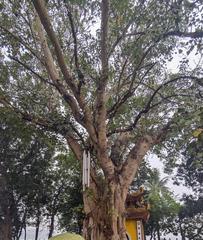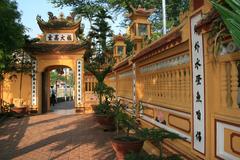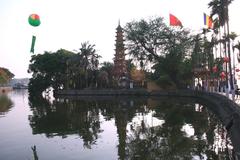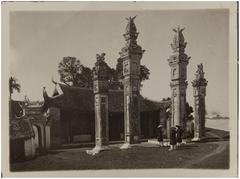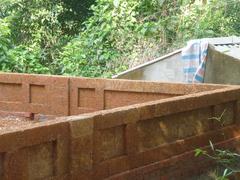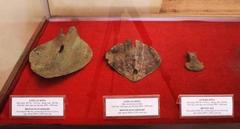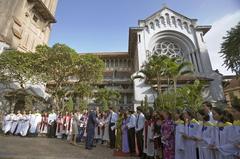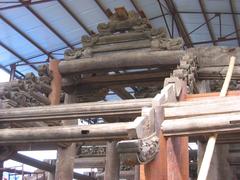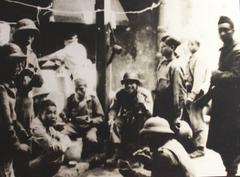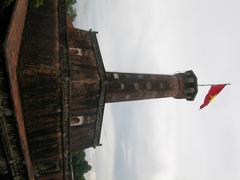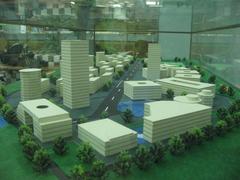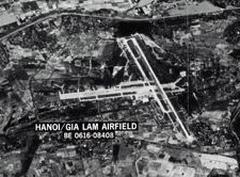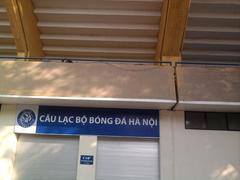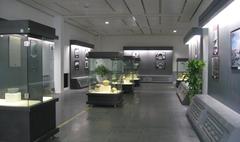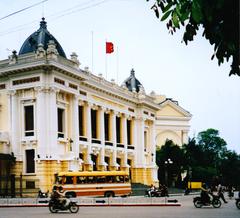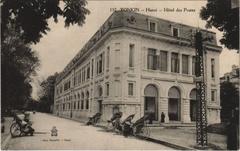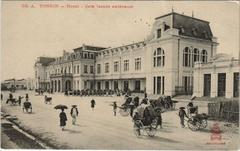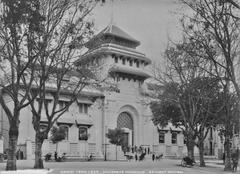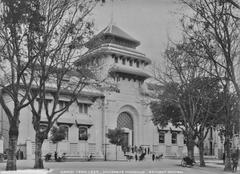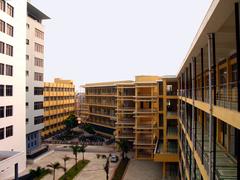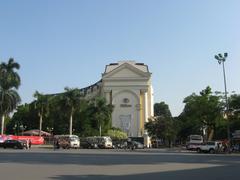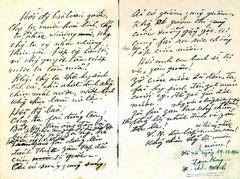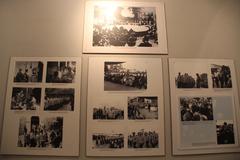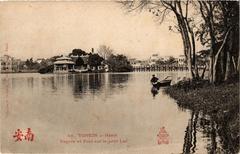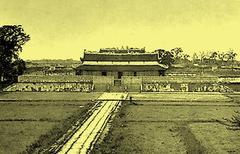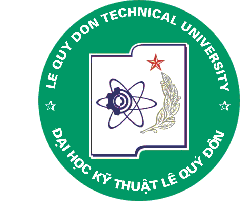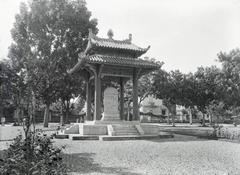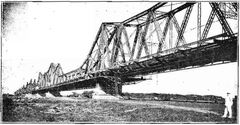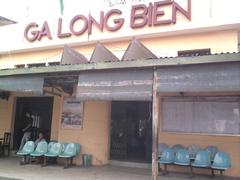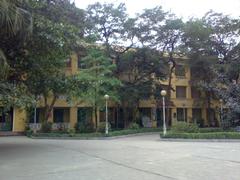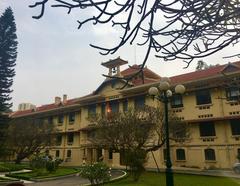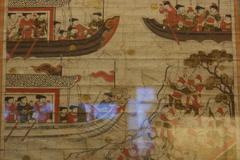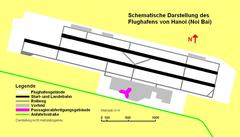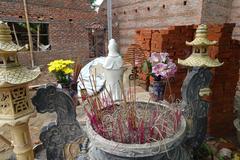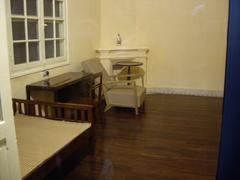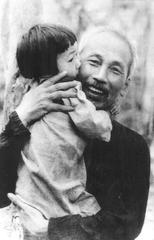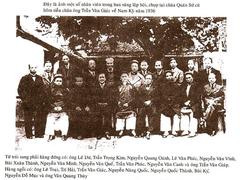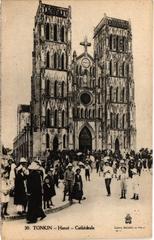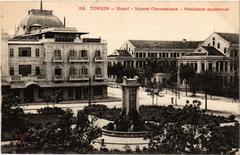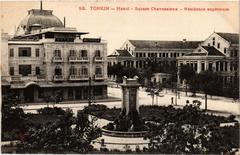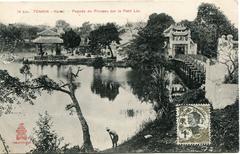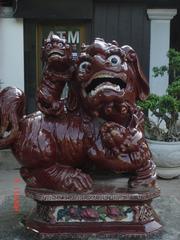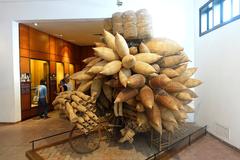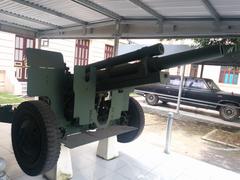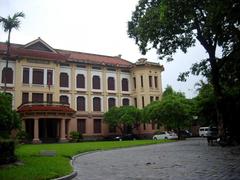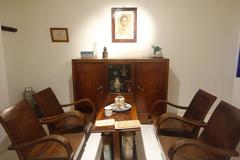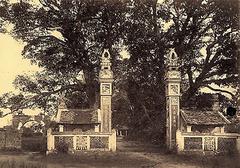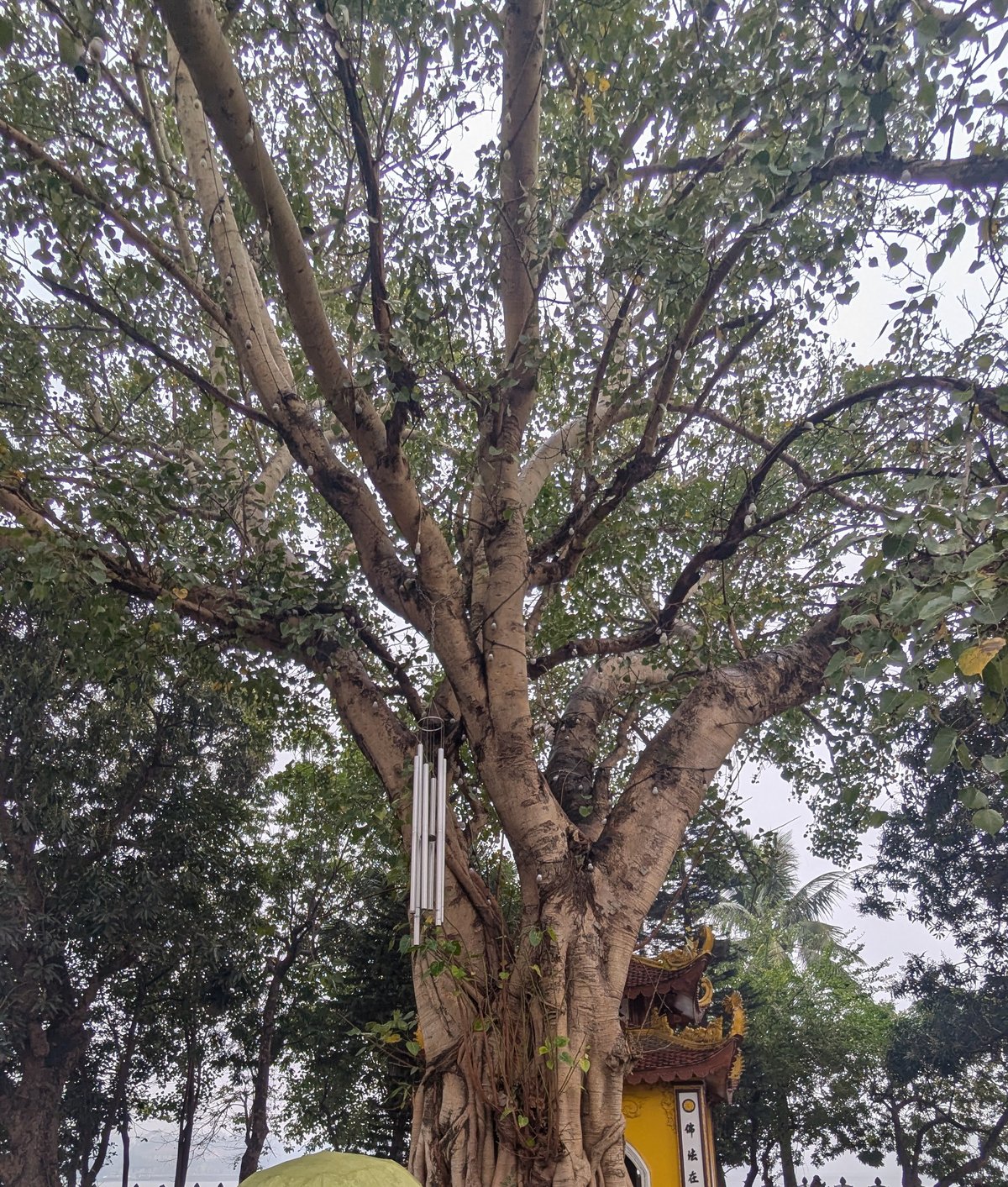
Trấn Quốc Pagoda Hanoi: Visiting Hours, Tickets, and Historical Site Guide
Date: 14/06/2025
Introduction
Trấn Quốc Pagoda, Hanoi’s oldest Buddhist temple, is a remarkable testament to Vietnam’s spiritual heritage, cultural resilience, and architectural artistry. With origins tracing back to 545 AD under Emperor Lý Nam Đế, the pagoda’s nearly 1,500-year history has seen it evolve from its initial location on the banks of the Red River to its present serene setting on Kim Ngư Islet, West Lake. Relocated in the 17th century to evade riverbank erosion, the pagoda was aptly renamed “Trấn Quốc” (“Protecting the Nation”), symbolizing its enduring role as Hanoi’s spiritual guardian (bdatrip.com; guidetohanoi.com).
Visitors are greeted with a harmonious blend of Vietnamese Buddhist architecture, rich cultural symbolism, and natural tranquility. The 15-meter-tall, 11-story stupa adorned with Amitabha Buddha statues, the sacred Bodhi tree from India, and peaceful gardens foster an atmosphere of reflection and spiritual appreciation (asiamystika.com; vietnamtravel.com). The pagoda is not only an architectural marvel but also a vibrant center for Buddhist worship and cultural festivals such as Vesak and Vu Lan, drawing both devotees and travelers.
This guide offers comprehensive insights on Trấn Quốc Pagoda’s visiting hours, ticketing, accessibility, travel tips, nearby attractions, and its cultural significance. Whether you seek spiritual solace, historical understanding, or simply wish to admire one of Hanoi’s most iconic landmarks, this article will help you plan a respectful and enriching visit (vietnamtravel.com; guidetohanoi.com).
Table of Contents
- Introduction
- Historical Overview
- Religious and Cultural Significance
- Architectural Features
- Visiting Information
- Nearby Attractions
- Frequently Asked Questions (FAQ)
- Visuals and Media
- Conclusion
- References
Historical Overview
Origins and Early History
Trấn Quốc Pagoda’s origins date back to 545 AD, during King Lý Nam Đế’s reign. First named Khai Quốc (“Enlightening the Nation”), it was built on the Red River’s banks and served as a spiritual protector for the ancient capital (bdatrip.com; thesmartlocal.com). Early on, it became a central Buddhist worship site, frequented by both royalty and commoners.
Relocation and Renaming
In 1615, to escape riverbank erosion, the pagoda was relocated to Kim Ngư Islet on West Lake. The new name, Trấn Quốc (“Protecting the Nation”), emphasized its ongoing spiritual guardianship (bdatrip.com).
Architectural Evolution
Trấn Quốc Pagoda’s architecture reflects a blend of Vietnamese, Chinese, and Indian influences. The 15-meter-high, 11-story stupa, completed in 1998, houses marble statues of Amitabha Buddha. The sacred Bodhi tree, a gift from India in 1959, stands as a symbol of enlightenment. Throughout, the complex features traditional halls, artistic statues, tranquil gardens, and a lotus pond, emphasizing harmony between humanity, nature, and the divine (bdatrip.com).
Religious and Cultural Significance
Trấn Quốc Pagoda has long been a focal point for Buddhist worship and community life. It hosts major festivals like the Vu Lan Festival and Vesak, attracting large gatherings for rituals and celebrations (thesmartlocal.com). The pagoda’s symbolism as a “protector of the nation” underscores its spiritual role during times of national hardship and its function as a sanctuary throughout Vietnam’s history.
The site’s openness to all visitors, regardless of background, reflects Vietnamese Buddhism’s syncretic nature, blending Buddhist, Taoist, and indigenous traditions. The pagoda’s steles and tower tombs commemorate notable monks and document centuries of religious and cultural evolution (guidetohanoi.com).
Architectural Features
Site Layout
Set on a small islet linked to West Lake’s shore by a stone causeway, Trấn Quốc Pagoda’s complex comprises a central axis with the Front Hall (Tiền Đường), Upper Hall (Thượng Viện), and Incense Crematorium (Nhà Thiêu Hương), arranged in the form of the Chinese character “Công” (工), symbolizing harmony (Asia Mystika).
Main Stupa (Bảo Tháp)
The most iconic structure is the Bảo Tháp, a hexagonal, 15-meter-tall, 11-story stupa completed in 1998. Each of its six arched doors per story houses a white Amitabha Buddha, with a nine-layered lotus at the top representing purity and enlightenment (Vietnam Discovery; Asia Tour Advisor).
Shrines and Altars
Key worship spaces include:
- Front Hall: Featuring red lacquered pillars and bronze bells.
- Upper Hall: Housing lacquer-painted wooden Buddha statues.
- Incense Crematorium: Used for incense offerings.
- Bell Tower & Stele House: The Bell Tower features traditional rooflines, while the Stele House preserves historic stone tablets.
The Bodhi Tree
A revered cutting from the original Bodhi tree in Bodh Gaya, India, gifted in 1959, stands near the main stupa. Its heart-shaped leaves are a powerful symbol of enlightenment and Vietnam-India friendship (Asia Tour Advisor).
Gardens and Courtyards
Lush gardens, bonsai, and ornamental ponds surround the temple, providing tranquil spaces for meditation (VNITourist).
Architectural Style and Materials
The architecture features upward-curving roofs decorated with dragon and lotus motifs, red lacquer and gold leaf interiors, and a balanced, symmetrical layout. Materials include fired brick, intricately carved wood, bronze, and stone, showcasing Vietnamese craftsmanship (asiamystika.com; Vietnam Discovery).
Notable Artifacts
- Wooden and bronze statues of Buddhist figures
- Ancient bronze bells and gongs
- Steles with historical inscriptions
- A small museum displaying artifacts and diplomatic gifts (Tripoto)
Integration with West Lake
The lakeside setting amplifies the pagoda’s spiritual atmosphere, offering picturesque reflections and a peaceful retreat from urban bustle (Tripoto).
Visiting Information
Visiting Hours
- Daily: 8:00 AM – 5:00 PM (Vietnam Travel).
Ticket Prices
- Admission: Free for all visitors; donations are appreciated to support maintenance.
Accessibility
- Causeway and main paths are accessible for wheelchairs; some interior areas have steps and may be less accessible (Tripoto).
Guided Tours & Special Events
- Local operators and hotels offer guided tours, often including historical context and festival participation.
- Major Buddhist festivals such as Vesak and Vu Lan see larger crowds and special ceremonies.
Visitor Etiquette & Tips
- Dress Code: Modest clothing covering shoulders and knees; remove shoes before entering main halls (Vietnam Travel).
- Behavior: Maintain quiet and respectful conduct; avoid touching sacred objects; photography is permitted outdoors but restricted inside shrines.
- Best Time to Visit: Early mornings or late afternoons for tranquility and optimal lighting.
- Offerings: Vegetarian offerings are appropriate; incense is available for purchase (Wikipedia).
Nearby Attractions
Enhance your experience by visiting:
- West Lake (Hồ Tây): Lakeside walks, cafes, and other temples.
- Quán Thánh Temple: Another significant spiritual site.
- Ho Chi Minh Mausoleum Complex: The resting place of Vietnam’s revolutionary leader.
- Old Quarter: A vibrant district with shops, food, and colonial architecture (TravelSetu).
Frequently Asked Questions (FAQ)
Q: What are Trấn Quốc Pagoda’s opening hours?
A: Open daily, 8:00 AM to 5:00 PM.
Q: Is there an entrance fee?
A: No, entry is free; donations are welcomed.
Q: Are guided tours available?
A: Yes, through local tour operators and agencies.
Q: Can I take photos inside?
A: Photography is allowed outdoors; ask for permission inside shrines.
Q: Is the pagoda wheelchair accessible?
A: The causeway and grounds are accessible; some temple areas have steps.
Visuals and Media
Enhance your visit with high-resolution images and virtual tours available on official tourism websites. Highlights include the main stupa, Bodhi tree, gardens, and scenic lakeside vistas, especially at sunrise and sunset. For a self-guided experience, consider using the Audiala app (Vietnam Travel).
Conclusion
Trấn Quốc Pagoda stands as a living monument to Hanoi’s Buddhist heritage, architectural excellence, and enduring cultural identity. Its lakeside setting, historic stupa, sacred Bodhi tree, and inviting gardens offer a tranquil escape and a window into centuries of Vietnamese tradition. Whether you visit for spiritual reflection, cultural exploration, or photography, the pagoda promises a rewarding experience.
Plan your visit by checking the latest opening hours, dress respectfully, and consider a guided tour for deeper insights. Combine your trip with nearby attractions for a fuller Hanoi experience. For up-to-date information, guided tours, and travel tips, download the Audiala app and follow official channels.
References
- Trấn Quốc Pagoda Visiting Hours, Tickets & Hanoi Historical Sites Guide, 2025, bdatrip.com
- Trấn Quốc Pagoda Visiting Hours, Tickets, and Architectural Highlights in Hanoi, 2025, Asia Mystika, Hanoi Old Quarter Guide, Asia Tour Advisor, Vietnam Discovery, VNITourist, Tripoto
- Trấn Quốc Pagoda: Visiting Hours, Tickets & Cultural Significance of Hanoi’s Oldest Buddhist Temple, 2025, Guide to Hanoi, Hanoi by Locals
- Trấn Quốc Pagoda Visiting Hours, Tickets & Guide to Hanoi’s Historic Landmark, 2025, Vietnam Travel, Wikipedia, TravelSetu
